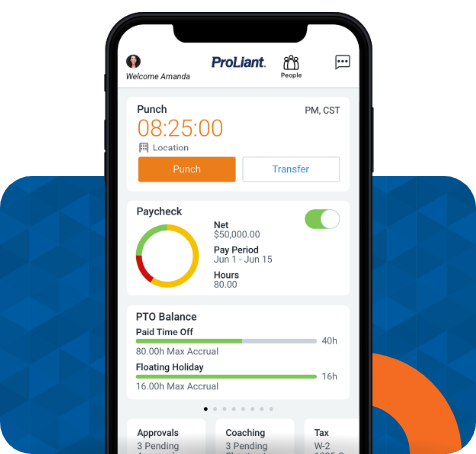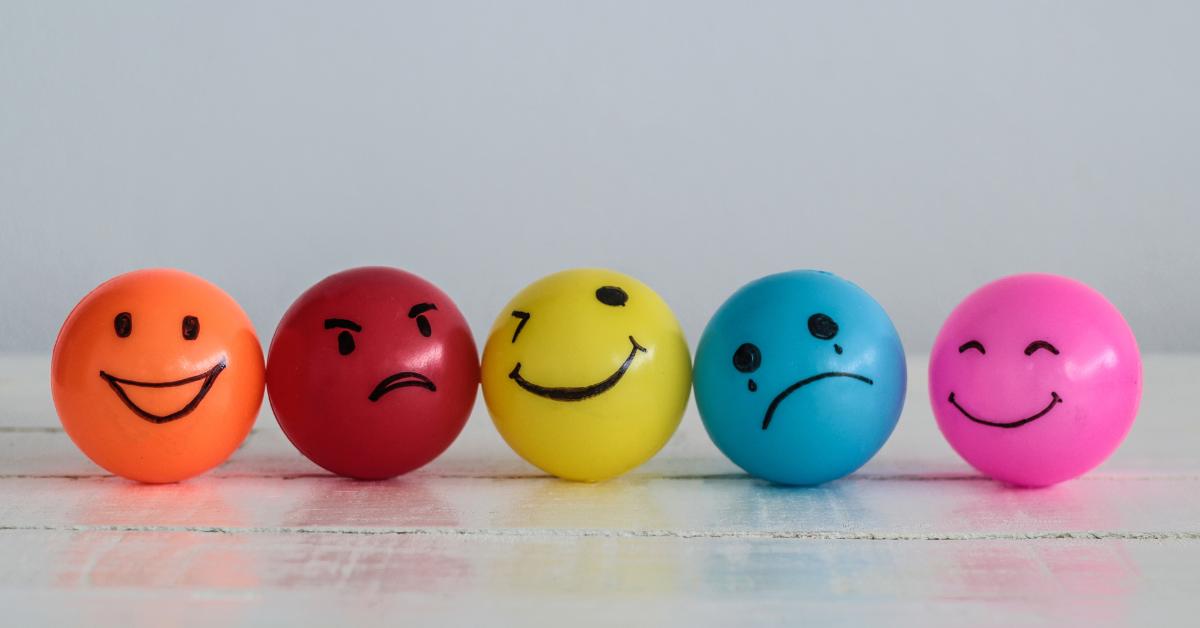Companies and researchers are using electroencephalogram (EEG) to scan brains during specific assessments to discover how our brains are working in real time. They can explore the neocortex using an EEG, which measures the electrical activity on the surface of the brain. They analyze the data to uncover networks of cooperation within the brain, which are formed through years of the repeated firing of nerve cells. Every millisecond, just by thinking as you normally do, you are reinforcing your favorite neural pathways. Thus, an EEG reveals both contextual behavior and ingrained habits—ways we perceive, think, feel and act. While an EEG is hardly the final say in analytics technology, it lets us try many different tasks and interactions to easily learn how we operate individually and with other people.
Team EEG is a composite of each team member’s results. When Evolvat held their first executive retreat, most of the people in the group did brain imaging to gain insights into themselves. Here are some things a team EEG can show:
Team strengths and weaknesses: The assessment can indicate the areas in which the team works well together and where there are redundancies. For example, our team had a bias toward the “open-ended” right brain, with lots of potential for out-of-the-box thinking but perhaps not enough focus on fulfilling goals.
Blind spots: What are the areas the team tends to neglect? The team needed to ask: What important role was left unaddressed or was not handled thoroughly enough? Should they bring someone else onto the team who is strong in these areas? Often, as we find with the Myers-Briggs types, the blind spots are the mirror image of the group’s strengths.
Cognitive diversity: The fun part—when a team is split down the middle in terms of the areas of their brains they favor. Two members who skewed more to the creative side needed a break every 90 minutes for vigorous and verbally challenging games of ping-pong, preferably using the windows and ceiling along with the official table. Under other circumstances, those who didn’t need these wild breaks might have rolled our eyes. However, with brain scans in hand, they took them in stride. That is what honoring cognitive diversity is all about. In fact, the breaks often led to vigorous work afterward.
HR professionals and business leaders could adopt a similar “team brain” approach, taking care to keep people’s individual data private and guide everyone’s focus to the group—its shared goals, needs and values. Paying too much attention to individuals may lead to rivalries, finger-pointing, the splintering of the group into factions and other negative dynamics. Individuals make a team but it the team is too similar or different it can create a disaster instead of a dream team.







No Comments Yet
Let us know what you think